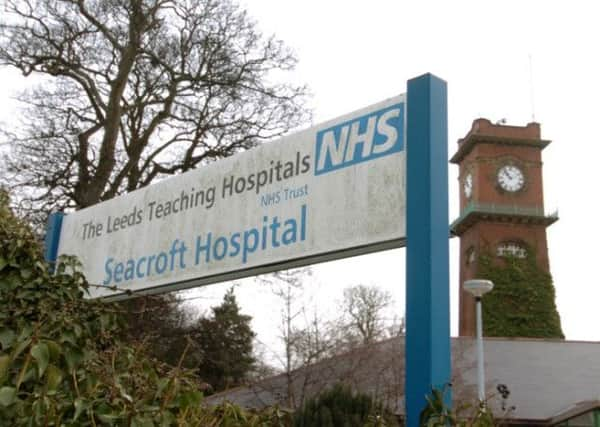Mixed response from planning chiefs to 500 homes proposal on former Leeds hospital land


As previously reported in the YEP, developers Keepmoat and Strata have teamed up on the project for land at Seacroft Hospital, which dates back to 1904.
The earmarked land, which includes a number of decommissioned buildings and a large plot of green field next to the hospital, was sold to the Homes and Communities Agency in 2014. A landmark clock tower on the site, a listed building, will be preserved as part of the project.
Advertisement
Hide AdAdvertisement
Hide AdAt a meeting of Leeds City Council’s City Plans Panel yesterday (Thursday), the developers presented an updated blueprint for the scheme, ahead of a full planning application.


Concern was expressed that the site’s existing arts and crafts building is still earmarked to be demolished, despite earlier requests from the panel that it should be retained.
There were also renewed concerns about a perceived lack of housing dedicated for older people, and that the plans do not take into account the possibility of a secondary school on the site. Part of the site was retained by the Government for a possible school, however the council has no powers to decide if and when it will be built.
Councillor Peter Gruen said: “Are we really going to give the go ahead for 500 homes and then find we can’t build a school? We have to talk about infrastructure at the same time as development.”
Advertisement
Hide AdAdvertisement
Hide AdThe proposed mix of two, three and four bedroom homes in both red brick and ‘render’ styles received a mixed response from the panel.


Councillor Rachel Procter said it was “a bit of a mish mash”, adding that “some of it looks nice, some of it looks shocking”.
“That unique attention to detail is missing and it needs to come back [to the panel],” she said.
Coun Brian Cleasby also expressed concern about the future use of the clock tower, and whether it could become a “maintenance liability” for the council.